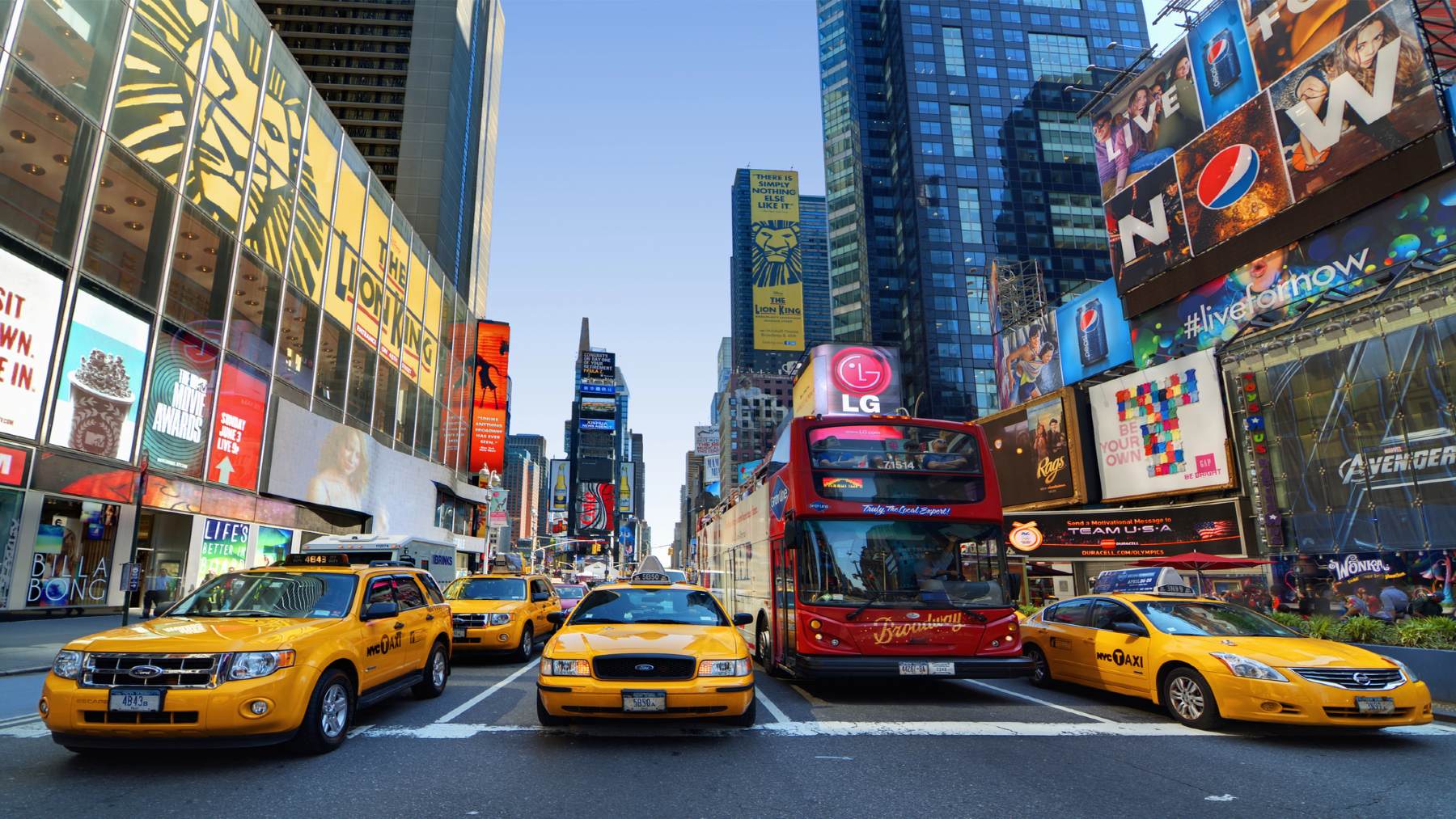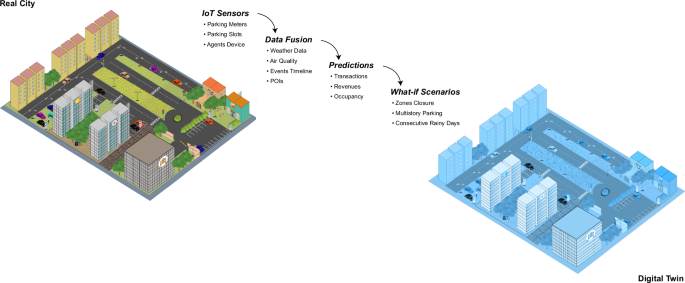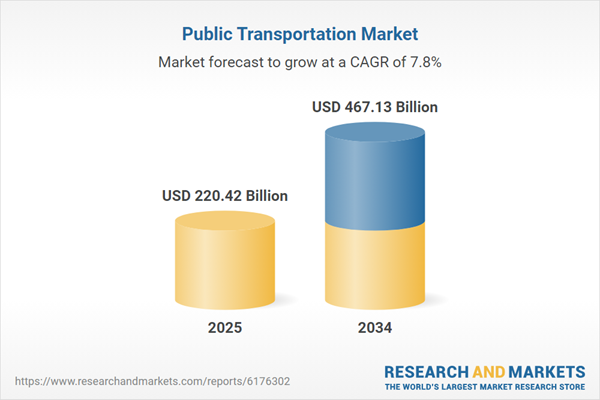Report on the Proposed Redevelopment of Country Club Plaza and Alignment with Sustainable Development Goals
Introduction and Overview
A Master Planned Development (MPD) document has been submitted to Compass KC, Kansas City’s development database, outlining a series of proposed changes for the historic Country Club Plaza. The plan’s stated objective is to facilitate the evolution of the century-old shopping district to meet contemporary needs while preserving its unique history and character. The proposed redevelopment focuses on creating a more sustainable, accessible, and economically vibrant urban space, aligning with several key United Nations Sustainable Development Goals (SDGs).
Key Proposals and SDG Alignment
The core components of the redevelopment plan demonstrate a strong commitment to sustainable urban development principles.
-
Pedestrian-Centric Urban Design: The plan proposes traffic-calming measures, including the potential closure of the main retail street to vehicular traffic.
- SDG Alignment: This initiative directly supports SDG 11 (Sustainable Cities and Communities) by creating safe, inclusive, and accessible public spaces (Target 11.7) and promoting active, non-motorized transport. It also contributes to SDG 3 (Good Health and Well-being) by encouraging physical activity and reducing local air pollution, and SDG 13 (Climate Action) by lowering carbon emissions from vehicles.
-
Sustainable Transportation Infrastructure: The proposal includes the elimination of parking requirements, shifting the focus towards walkability and access to public transit, such as the KC Streetcar.
- SDG Alignment: This strategy aligns with SDG 11 (Sustainable Cities and Communities), specifically Target 11.2, which aims to provide access to safe, affordable, and sustainable transport systems for all. It promotes a shift away from private car dependency, a critical step for sustainable urban infrastructure.
-
Mixed-Use Development for Economic Vitality: The Gillon Property Group, in a formal statement, indicated that long-term success requires the addition of residential, hotel, and office spaces to increase foot traffic and economic activity.
- SDG Alignment: This approach promotes SDG 11 (Sustainable Cities and Communities) by fostering inclusive and sustainable urbanization through densification and mixed-use zoning (Target 11.3). It also underpins SDG 8 (Decent Work and Economic Growth) by stimulating the local economy and creating a resilient commercial district.
Architectural Preservation and Cultural Heritage
The plan includes strict guidelines to ensure that new development respects the district’s historical identity, a key component of sustainable community development.
- Building Height and Scale: New construction will be capped at heights between 200-275 feet, with setback requirements designed to preserve the scale and character of historic structures at street level.
- Material and Style Requirements: All new construction and major renovations must adhere to the Plaza’s iconic Spanish-Mediterranean architectural style. Primary building materials are specified to include brick, stone, stucco, glass, and terra cotta.
These measures are in direct alignment with SDG 11 (Sustainable Cities and Communities), specifically Target 11.4, which calls for strengthening efforts to protect and safeguard the world’s cultural heritage.
Stakeholder Perspectives and Public Engagement
- Local Business Support: Deserae Minor, a local business owner, expressed excitement for the plan, particularly its focus on pedestrian-friendly spaces and the commitment to preserving the Plaza’s architecture. She noted a recent increase in visitors and positive changes already implemented by the new owners.
- Developer’s Vision: The Gillon Property Group stated its belief that the plan is built on the legacy of the Plaza and that the proposed changes will enhance its uniqueness and lead to long-term sustainable success.
- Public Consultation Process: To ensure community involvement in line with the principles of inclusive development (SDG 11), a City meeting is scheduled for November 10, followed by a public meeting with the City Planning Commission on December 3.
1. Which SDGs are addressed or connected to the issues highlighted in the article?
-
SDG 11: Sustainable Cities and Communities
This is the primary SDG addressed. The article focuses on the urban redevelopment of the Country Club Plaza, a significant district in Kansas City. The plan aims to make the area more sustainable by prioritizing pedestrians, preserving cultural heritage, and planning for long-term economic success, which directly aligns with making cities and human settlements inclusive, safe, resilient, and sustainable.
-
SDG 8: Decent Work and Economic Growth
The article mentions the plan’s goal is to ensure “long term sustainable success” and increase “economic activity” by adding residential, hotel, and office spaces. This revitalization is intended to attract more people (“a huge increase in people”) and businesses, thereby promoting sustained and inclusive economic growth in this urban district.
-
SDG 3: Good Health and Well-being
By implementing “traffic-calming measures” and transforming the area from a “vehicle-primary artery to one that encourages pedestrians,” the plan implicitly promotes public health. These measures can reduce the risk of traffic accidents and encourage physical activity like walking, contributing to the well-being of residents and visitors.
2. What specific targets under those SDGs can be identified based on the article’s content?
-
SDG 11: Sustainable Cities and Communities
-
Target 11.2: Provide access to safe, affordable, accessible and sustainable transport systems for all.
The plan’s focus on transforming the shopping center to “encourage pedestrians,” closing streets to cars, and betting on “walkability, KC Streetcar access and other means” directly addresses the need for accessible and sustainable transport systems, shifting away from a car-centric model.
-
Target 11.3: Enhance inclusive and sustainable urbanization and capacity for participatory, integrated and sustainable human settlement planning and management.
The development of a “Master Planned Development District” document, its submission to the city for approval, and the scheduling of public meetings (“A public meeting is set for Dec. 3”) are clear examples of participatory and integrated urban planning. The plan for mixed-use development (“residential, hotel, and office space”) also reflects sustainable urbanization strategies.
-
Target 11.4: Strengthen efforts to protect and safeguard the world’s cultural and natural heritage.
The article heavily emphasizes this target. The new design guidelines include “setback requirements designed to preserve the scale of historic structures” and “strict material requirements that honor the Plaza’s Spanish-Mediterranean style.” The plan is explicitly “built on the legacy and history of the Plaza,” showing a clear commitment to safeguarding its unique cultural heritage.
-
Target 11.7: Provide universal access to safe, inclusive and accessible, green and public spaces.
By closing streets to cars and making the area more “pedestrian-friendly,” the plan creates more public space for people. The article notes an increase in security (“I think security has helped with that quite a bit”) has made people feel safer and more “excited to come down again,” which contributes to creating safe and inclusive public spaces.
-
-
SDG 8: Decent Work and Economic Growth
-
Target 8.9: Devise and implement policies to promote sustainable tourism that creates jobs and promotes local culture and products.
The Plaza is described as a “regional, if not national treasure” and a “Kansas City staple.” The plan to preserve its unique architecture while increasing economic activity is a policy aimed at promoting sustainable tourism. By making the area more attractive to both locals and “out of towners,” it supports the local economy and promotes the city’s unique cultural identity.
-
3. Are there any indicators mentioned or implied in the article that can be used to measure progress towards the identified targets?
-
SDG 11: Sustainable Cities and Communities
-
For Target 11.2 (Sustainable Transport):
An implied indicator is the change in transportation mode share. Progress can be measured by tracking the increase in pedestrian foot traffic (“we’ve seen a huge increase in people”) and the utilization of public transit like the “KC Streetcar” versus the use of private cars.
-
For Target 11.3 (Participatory Planning):
An indicator is the implementation of the urban development plan. The article mentions the plan was “submitted on Tuesday for approval” and that public meetings are scheduled. The successful approval and execution of the “Master Planned Development District” document would be a measure of progress.
-
For Target 11.4 (Cultural Heritage):
A direct indicator is the enforcement of the new building codes. Progress can be measured by monitoring whether “any new construction and major renovations” adhere to the “strict material requirements that honor the Plaza’s Spanish-Mediterranean style” and preserve the “scale of historic structures.”
-
For Target 11.7 (Public Space):
An implied indicator is the public’s perception of safety and use of the space. The article notes that people “haven’t been down here in years and they’re excited to come down again,” partly due to increased security. A continued increase in visitor numbers and positive public feedback would serve as measures of success.
-
-
SDG 8: Decent Work and Economic Growth
-
For Target 8.9 (Sustainable Tourism):
An indicator is the level of economic activity and visitor numbers. The plan aims to bring “more life and economic activity” by adding new uses. Measuring the growth in business revenue, occupancy rates for new hotels and residences, and the number of visitors (“out of towners”) would indicate progress toward this target.
-
4. Table of SDGs, Targets, and Indicators
| SDGs | Targets | Indicators (Implied from Article) |
|---|---|---|
| SDG 11: Sustainable Cities and Communities | 11.2: Provide access to safe, affordable, accessible and sustainable transport systems for all. | Increase in pedestrian foot traffic and use of public transit (KC Streetcar). |
| 11.3: Enhance inclusive and sustainable urbanization and capacity for participatory, integrated and sustainable human settlement planning and management. | Formal approval and implementation of the Master Planned Development District document following public consultation. | |
| 11.4: Strengthen efforts to protect and safeguard the world’s cultural and natural heritage. | Adherence of new constructions to strict architectural and material requirements that preserve the historic style. | |
| 11.7: Provide universal access to safe, inclusive and accessible, green and public spaces. | Increase in visitor numbers and positive public perception of safety and accessibility. | |
| SDG 8: Decent Work and Economic Growth | 8.9: Devise and implement policies to promote sustainable tourism that creates jobs and promotes local culture and products. | Growth in local economic activity, business revenue, and number of tourists (“out of towners”). |
Source: kctv5.com





